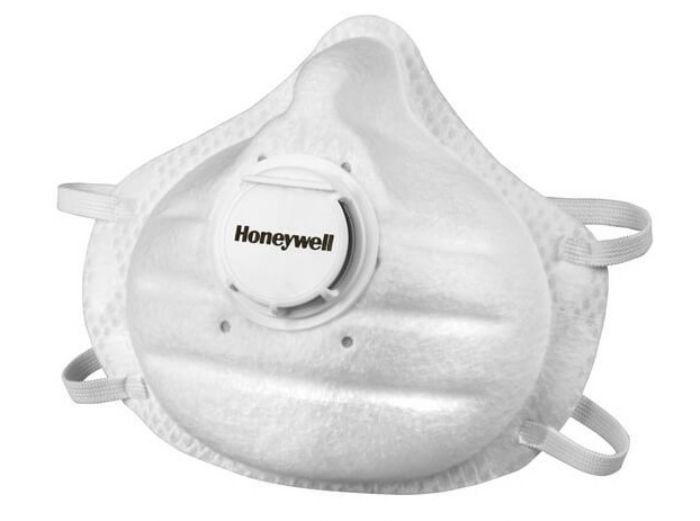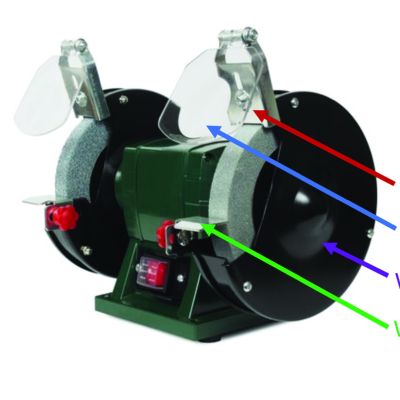COVID-19—N95 Masks Explained
March 25, 2020Comments

During the coronavirus pandemic, masks, once relegated to specific professions, quickly have become commonplace. With that in mind, Honeywell Safety Products provides details on the N95 mask, noting that not all masks are the same. Filtering facepiece respirators, commonly referred to as N95 masks, are regulated by the National Institute for Occupational Safety and Health.
N, a respirator-rating-letter class, stands for non-oil, meaning that if no oil-based particulates are present, the mask can be used in the work environment. Other masks ratings include R, resistant to oil for 8 hr., and P, oil-proof. Mask designations ending with the number 95 offer 95-percent efficiency. The number 99 signifies 99-percent efficiency, and 100 provides 99.97-percent efficiency, the same as a HEPA-quality filter.
The N95 mask filters out contaminants such as dust, mist and fumes. The minimum size of 0.3 microns of particulates and large droplets won’t pass through the barrier, according to the Centers for Disease Control and Prevention (CDC). Filtration material on the mask is an electrostatic non-woven polypropylene fiber.
Some disposable N95 masks come with an optional exhalation valve. “The presence of an exhalation valve reduces exhalation resistance, which makes it easier to breathe (exhale,)” reads material from the CDC.
To meet demand for these masks, Honeywell reports ramped up production at its facilities worldwide.
See also: Honeywell
Technologies: Safety
Comments
Must be logged in to post a comment. Sign in or Create an Account
There are no comments posted. Safety
SafetyToolroom Safety
Peter Ulintz Monday, September 25, 2023
 Stamping Presses
Stamping PressesMexico Stamping Technology Webinar Series 2023: Day 2
Thursday, March 30, 2023
 Webinar
Webinar  Safety
SafetyPilz Digital Maintenance-Safeguarding System an Efficient Al...
Thursday, March 16, 2023





